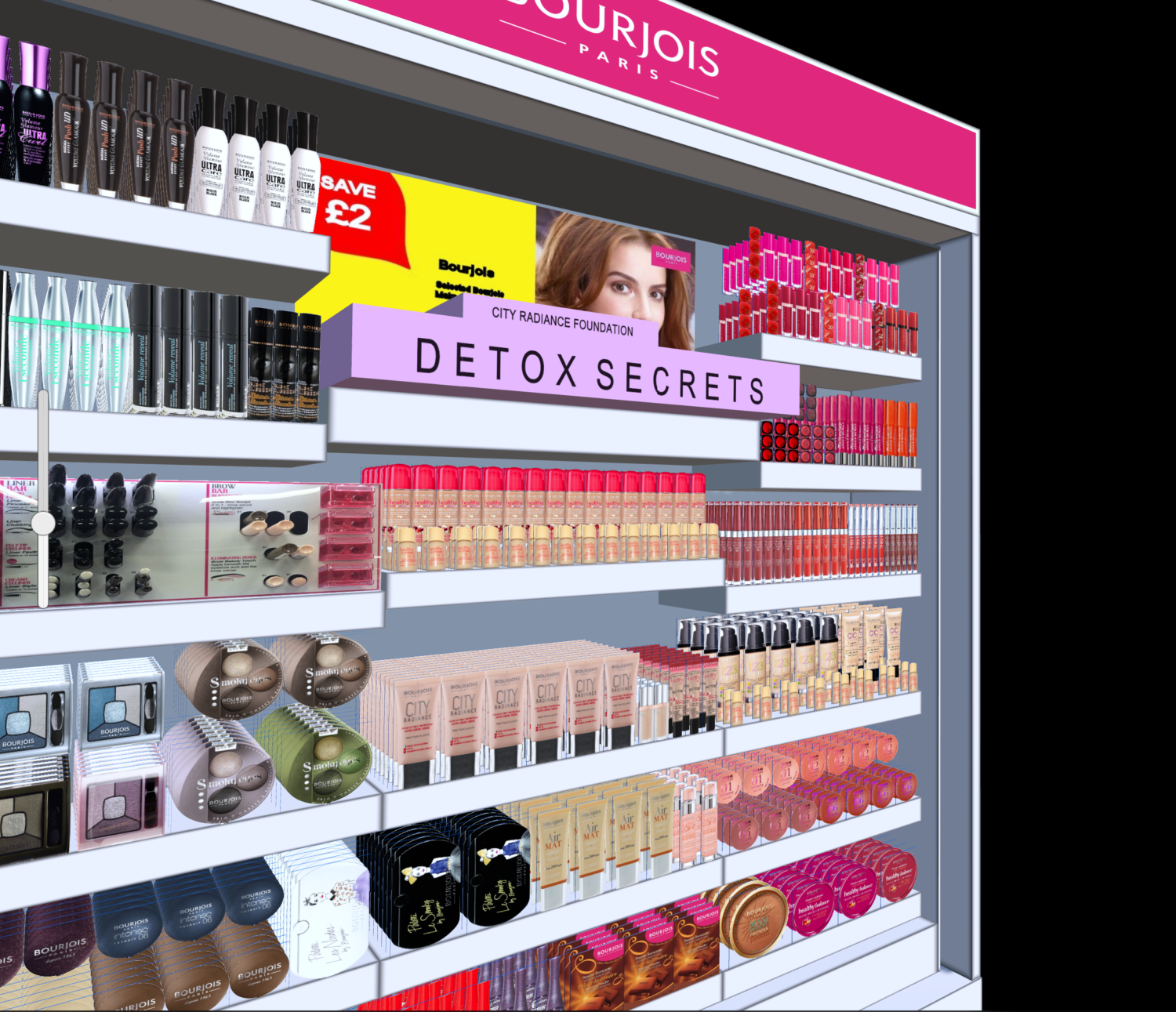

In this type of planogram technique, similar items of multiple brands are put at separate locations in the rack. The vertical planogramming technique for positioning of the product.

That way, consumers can quickly learn from different companies on related items. Through the horizontal planogramming method of product positioning, items are positioned at the same level of the eye horizontally on the side by side racks.


#Planogram software#
Planogram modules are also used in software applications for large area design and retail site management. The diagram will document how high or low the product should show on a shelf, as well as what products should surround it. These are especially useful for big-box supermarkets or convenience shops that sell several items (and types of goods) from a variety of vendors and have lots of space to fill. The detail in a planogram it will show the exact shelf that an object is stored in.Ī planogram is typically a common portion of more detailed documents of visual merchandising. It can be defined as a schematic drawing or a plan to show products in a shop to increase sales.Īs well as providing a schematic illustration of the aisles, tables, and point-in-sale in your shop, for example, a planogram will show you precisely where different items are placed. They are comprehensive and detailed layout drawings of a store, with particular emphasis on product placement. SmartDraw makes creating a planogram easy with built-in templates and symbols you can drag-and-drop onto your layout.A planogram is a diagram that represents how and where particular retail products are to be positioned on retail shelves or showcases to boost customer purchases. For example, you'll often find sugary kid-centric cereals on the bottom shelves while healthy, high-fiber ones will be placed higher. Their lower level placement may even make it easier for children to grab products to add to their parents' carts. However, products on the bottom shelf may be eye-level for children. Products placed at eye-level may sell better than products placed on the bottom shelf. For example, stores will first group all bread-like products in the same aisle and then will often place peanut butter, jelly and other condiments in the same place to help remind shoppers to stock up on those items at the same time. Making a planogram is a delicate balance of logical organization such as grouping items in the same category and taking advantage of consumer behavior and psychology to expose them to new or highly profitable products, and increasing sales by using cross-selling techniques and triggering impulse buy behaviors. Planograms can also serve as a reference when trying to analyze retail performance to identify one of the potential culprits in lower sales. Planograms are sometimes used by manufacturers to suggest optimum display for their merchandise at stores. Placement is important in retail to maximize sales and minimize wasted space. A planogram (also known as a plan o gram) is used in retail to show the placement of products on a shelf.


 0 kommentar(er)
0 kommentar(er)
